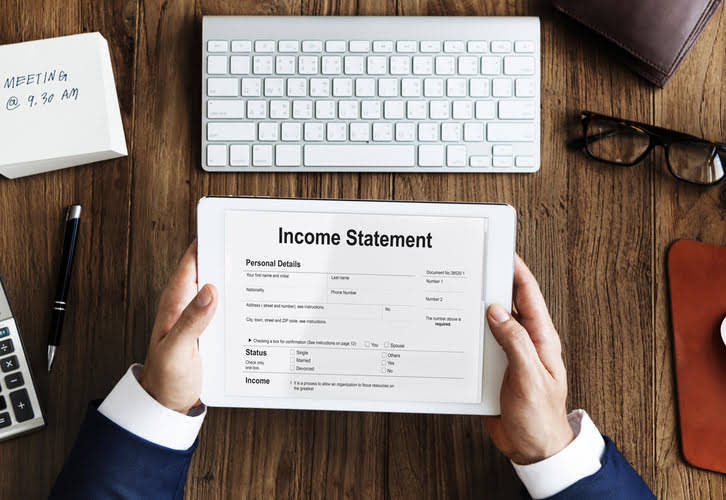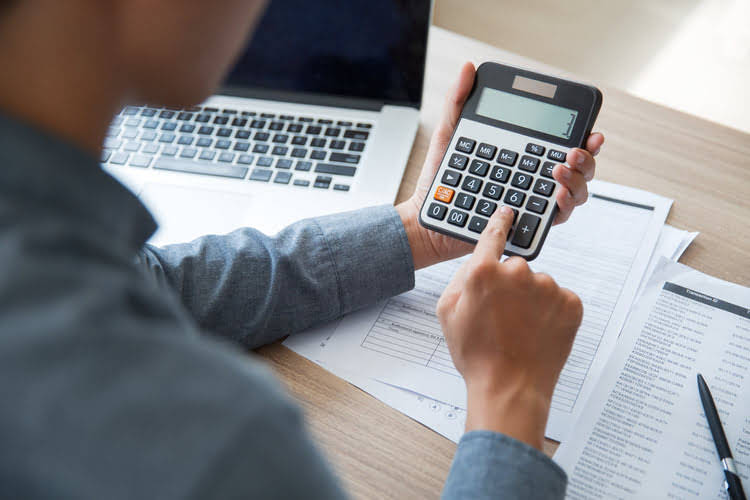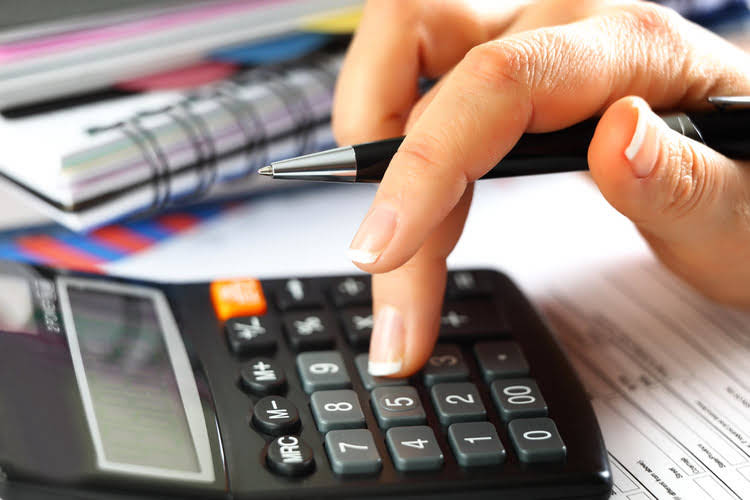Asset Depreciation Calculator
Content

In the sum-of-the-years digits depreciation method, the remaining life of an asset is divided by the sum of the years and then multiplied by the depreciating base to determine the depreciation expense. Consider a machine that costs $25,000, with an estimated total unit production of 100 million and a $0 salvage value. During the first quarter of activity, the machine produced 4 million units.
What is activity-based method?
Activity based teaching is a method adopted by a teacher to emphasize his or her technique of teaching through action in which the learners take interest comprehensively and realize effective learning practices. It is the procedure in which the child is effectively included in taking interest rationally and physically.
Given below are some of the differences between this method and the others. We can calculate the depreciation cost on the actual results of unit production. Another method to project a company’s depreciation expense is to build out a PP&E schedule based on the company’s existing PP&E and incremental PP&E purchases. As a result, companies using straight-line depreciation will show higher net income and EPS in the initial years. As per the double declining method, the asset’s depreciation expense in years 1 and 2 are $700,000 and $560,000, respectively.
How does this activity method calculator work?
There are various depreciation methodologies, but the most common type is called “straight-line” depreciation. Annual depreciation is equal to the cost of the asset, minus the salvage value, divided by the useful life of the asset. Note how the book value of the machine at the end of year 5 is the same as the salvage value. Over the useful life of an asset, the value of an asset should depreciate to its salvage value. Consider the following example to more easily understand the concept of the sum-of-the-years-digits depreciation method.

However, it also requires that someone track asset usage, which means that its use is generally limited to more expensive assets. Also, you need to be able to estimate total usage over the life of the asset in order to derive the amount of depreciation to recognize in each accounting period. When analysing depreciation, accountants are required to make a supportable estimate of an asset’s useful life and its salvage value. Accountants need to analyse depreciation of an asset over the entire useful life of the asset. As an asset supports the cash flow of the business, expensing its cost needs to be allocated, not just recorded as an arbitrary calculation. If asset depreciation is arbitrarily determined, the recorded gains or losses on the disposition of depreciable property assets (covered in Section 7.4) seen in financial statements are not true best estimates.
What Is the Unit of Production Method?
For tax purposes in Australia, reducing-balance at twice the straight-line rate is often used and referred to as the ‘double declining balance’ method. It is important to note that just because a business uses one method for taxation does not mean it has to use that method in its financial statements. The units-of-production depreciation method assigns an equal amount of depreciation to each unit of product manufactured or service rendered by an asset. Since this method of depreciation is based on physical output, firms apply it in situations where usage rather than obsolescence leads to the demise of the asset.
A company may also choose to go with this method if it offers them tax or cash flow advantages. Under activity method, the depreciation expense is calculated on the basis of asset’s actual operational activity such as the number of units produced or the number of hours the asset has used during the period. In other words, this method focuses on the real use of the asset in production process rather than just the passage of time.
How to calculate depreciation using the units-of-activity method?
Because units-of-activity relies on an estimate of an asset’s lifetime activity, the method is limited to assets whose units-of-activity can be measured. Second the accumulated depreciation account grows each year by $10000 until the balance equals the depreciable amount of the asset ($50000). A key takeaway here is the final balance in accumulated depreciation is the total of all depreciation expense recorded during the asset’s useful life and hence should equal the asset’s depreciable amount. Lastly, the carrying amount decreases by $10000 each year until it equals the residual value ($15000) estimated for the asset. Carrying amount represents the remaining unexpired cost of the asset and thus should always equal the estimated residual value at the end of the asset’s useful life.

This value estimates what the company can anticipate receiving from the sale. Companies have various options when it comes to calculating depreciation. They can choose from a range of formulas specifically designed for this purpose. Straight-line depreciation is a very common, and the simplest, method of calculating depreciation expense.
Depreciation Formula
Depreciation expense reduces the carrying amount of the asset on the balance sheet, but it does not reflect a cash outflow. The activity-based depreciation method of assets takes into account the output of assets. It mainly differs from other methods of depreciation on the very nature of the cost spreading method. Other depreciation methods consider https://www.bookstime.com/ time as the main cost spreading factor. The activity-based depreciation method considers the number of units or the output from the asset. One unique feature of the reducing-balance method is that in the first year, the estimated salvage value is not subtracted from the total asset cost before calculating the first year’s depreciation expense.
- The activity depreciation method is used to allocate the depreciation expense base on the production activity.
- Regardless of the method chosen, businesses should disclose their choice of depreciation method in the noted of their financial statements so that comparisons can be made among different companies.
- During the first quarter of activity, the machine produced 4 million units.
- Activity-Based Depreciation (ABD) is a method of calculating the depreciation of an asset based on its usage or activity.
- The four main depreciation methods mentioned above are explained in detail below.
- Depreciation is technique companies use to depreciate assets over their useful life.
The sum-of-the-years-digits method is one of the accelerated depreciation methods. A higher expense is incurred in the early years and a lower expense in the latter https://www.bookstime.com/articles/units-of-production-method years of the asset’s useful life. The annual depreciation charge is calculated by applying this rate to the number of units produced during an accounting period.
